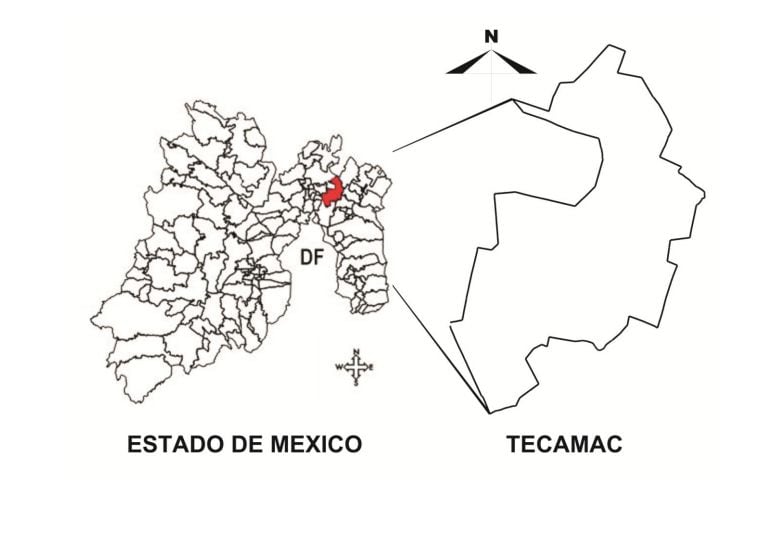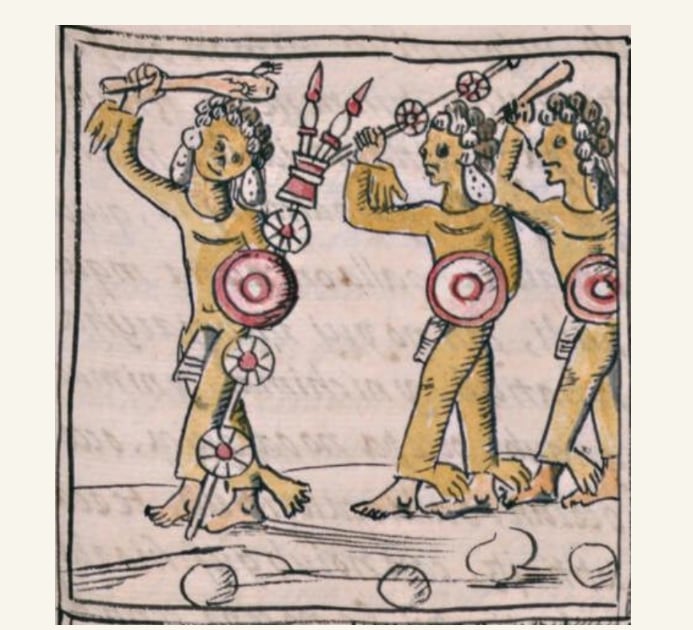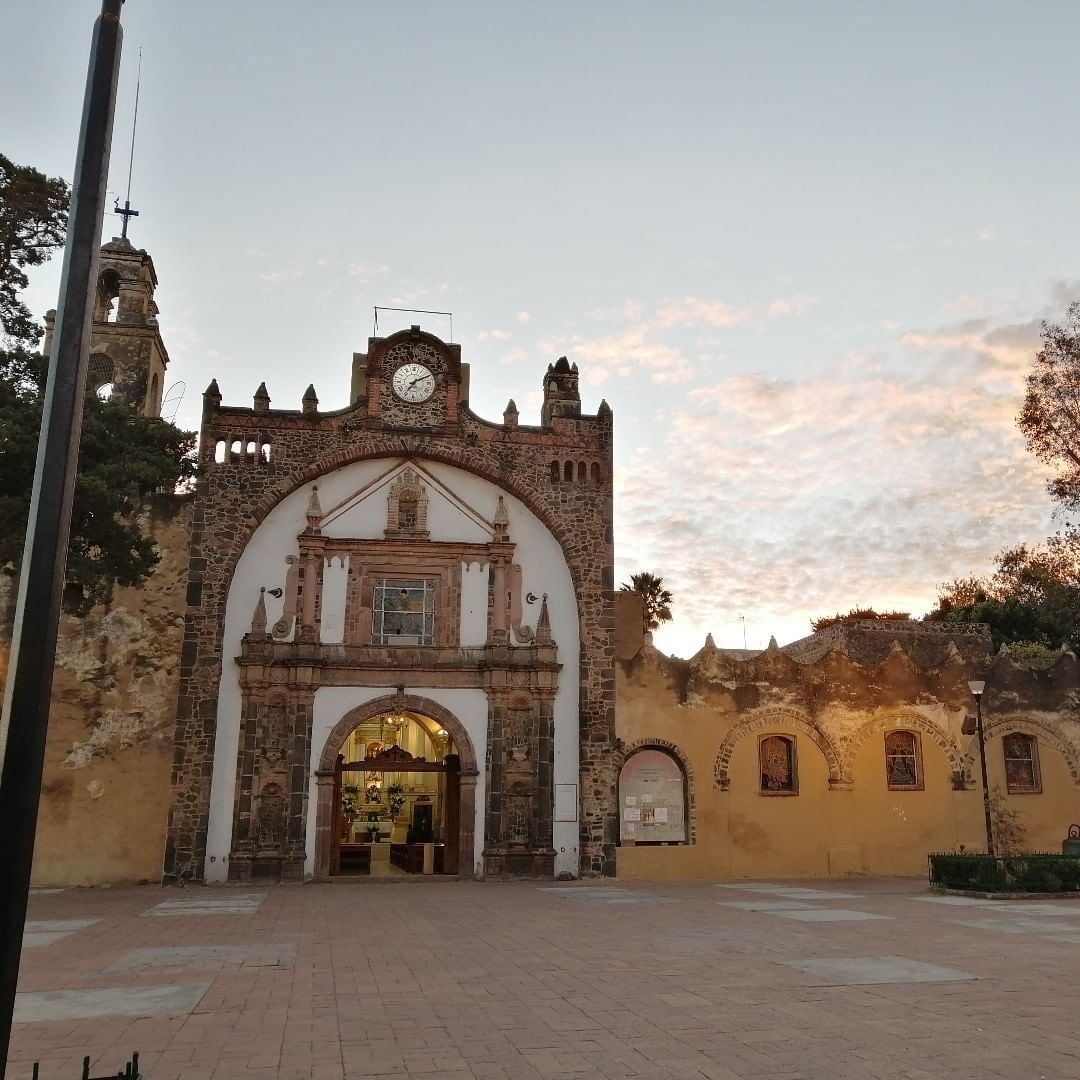
Tecámac is a territory located in the northeastern part of the State of Mexico and is 35 kilometers from Mexico City. It is a municipality that keeps several anecdotes dating back to the prehistoric period.
The National Institute for Federalism and Municipal Development (INAFED) details that the meaning of Tecámac is of Nahuatl origin and consists of the tetl particles which means “stone”, camatl which is “mouth” and of the C ending which denotes a “place”. According to the research of specialists, it has been determined that the general translation is: “In the mouth of stone”.
The origins of this town go back to the time of the mammoths, this is known thanks to the fact that bones of this animal have been found in the villages of Reyes Acozac and San Pedro Atzompa, as well as the discovery of utensils made by humans that are related to this era. Archaeologists determined that the objects were between 8 and 15 thousand years old.

Some time later it was recorded that when civilizations began to become sedentary, it was the Olmec and Nahua who came from the south and west respectively. Strictly speaking, these cultures are considered to be the first to settle in the territory.
During the classical horizon, Tecámac, like the surrounding villages, actively participates in cultural, economic and religious exchanges with the great metropolis of that time: Teotihuacán.
The same source details that in 1202 Tecámac was founded thanks to the Mexicas, since it was one of the first places they found while making their pilgrimage to find the “perfect city” and found the great Mexico-Tenochtitlan.
Due to the lack of unity of the inhabitants, the so-called Aztecs, they had no major difficulty in appropriating that area. However, until 1395, the name Tecámac appeared for the first time in the Chimalpopoca Codex, when it was mentioned that: “the Otomí of Xaltocan constantly fled to Tecámac from the fear they had of the Chichimecas of Cuautitlán”.

This is how the municipality was part of one of the most powerful empires of the pre-Columbian period, however, with the arrival of Hernán Cortés and the conquest of Tenochtitlan, it was soon entrusted to the Spaniard Juan González Ponce de León, who died in 1540 and inherited the town to his son Juan Ponce de León.
When the work of evangelization began, the Augustinian friars were in charge of building the Parish of St. Peter the Apostle (which was originally baptized as the Parish of the Holy Cross). Today it is one of the great religious buildings in the area.
At the end of the 16th century, the Spanish Crown delegated the administration to the so-called Jurisdiction of the Municipality of Santo Tomás Chiconautla. After the outbreak of Independence, the region was left without a ruler and it was until September 12, 1825, a year after the founding of the State of Mexico, that the municipality of Tecámac was formally erected.
It was there that the talented Mexican musician Felipe Villanueva was born, who was responsible for raising the name of Mexico abroad. For this reason, on April 25, 1944, the name of this artist was added to the municipal seat.

It should be noted that the inhabitants played an important role in the Mexican Revolution, as characters such as Cirino Serna, Modesto and Emilio Soto, Jerónimo Flores, Cruz Chavez and soldier Margarita López joined the ranks of the Liberator Army of the South, led by Emiliano Zapata.
On the other hand, modernization processes began until 1994 with the first works of paving streets, garrisons, sidewalks and the construction of schools. Subsequently, the Mexico-Pachuca federal highway was remodeled to create the Tecámac Boulevard and the Sor Juana Inés bypass, the Regional Hospital and the Sierra Hermosa Ecological Park were created.
The town currently borders the municipalities of Ecatepec, Acolman, Coacalco, Temascalapa, Teotihuacan, Tultitlan, Zumpango and the state of Hidalgo. The site covers a total of 156.9 km2 and according to the latest INEGI census it has a total population of 547,503 inhabitants, of which 281,983 are women and 265,520 are men.
KEEP READING:
Últimas Noticias
Debanhi Escobar: they secured the motel where she was found lifeless in a cistern
Members of the Specialized Prosecutor's Office in Nuevo León secured the Nueva Castilla Motel as part of the investigations into the case

The oldest person in the world died at the age of 119
Kane Tanaka lived in Japan. She was born six months earlier than George Orwell, the same year that the Wright brothers first flew, and Marie Curie became the first woman to win a Nobel Prize

Macabre find in CDMX: they left a body bagged and tied in a taxi
The body was left in the back seats of the car. It was covered with black bags and tied with industrial tape
The eagles of America will face Manchester City in a duel of legends. Here are the details
The top Mexican football champion will play a match with Pep Guardiola's squad in the Lone Star Cup

Why is it good to bring dogs out to know the world when they are puppies
A so-called protection against the spread of diseases threatens the integral development of dogs




